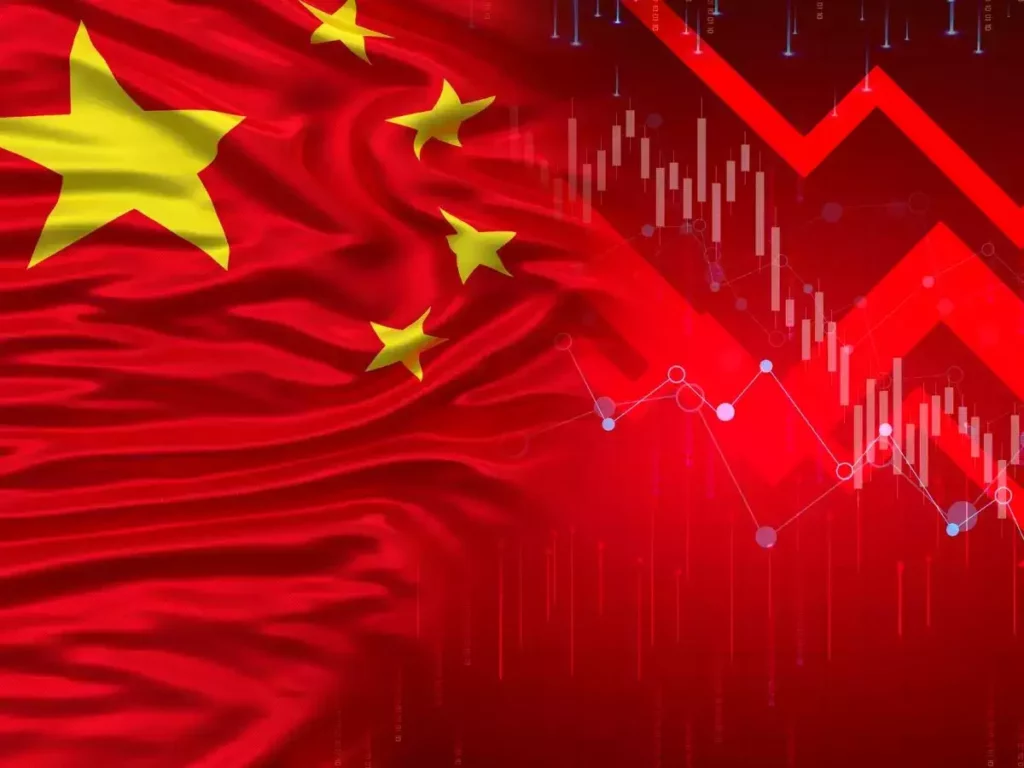
Despite the Chinese Communist Party’s (CCP) success in driving rapid economic growth, the centralized control that enabled this prosperity is now a burden. The CCP’s rigid power structure stifles innovation and flexibility, undermining long-term economic stability. The over-reliance on state-owned enterprises (SOEs) and stringent regulations, particularly on the tech sector, hamper competition and deter foreign investment. Efforts to transition to a consumption-driven economy face significant challenges, as households remain cautious spenders. The growing pains, exacerbated by the CCP’s policies, pose a significant threat to China’s economic future in the year 2025.
Critics of the Chinese Communist Party’s economic strategies assert that the centralization of power suppresses creativity and reduces the agility required to keep pace with global economic shifts. This rigid, hierarchical approach often values political stability and national security above economic vitality and market principles. Recently, China has moved away from market-driven policies, a shift many view as harmful to long-term economic sustainability. These detractors argue that such a retreat hinders the country’s ability to maintain robust and resilient economic growth.
The Chinese Communist Party’s economic policies, particularly the heavy reliance on state-owned enterprises (SOEs), have led to significant issues. These SOEs often receive unwarranted advantages through subsidies and favourable regulations, creating an uneven competitive environment. This preferential treatment stifles private enterprises, which are generally more efficient and innovative. As a result, the competitive landscape is skewed, and foreign investors are discouraged from entering the market due to the lack of a level playing field. This policy not only hampers competition but also undermines China’s potential for sustainable and dynamic economic growth.
China’s relentless focus on national security has led to draconian regulations across various sectors, most notably technology. The heavy-handed crackdown on tech giants like Alibaba and Tencent exemplifies this approach. While the government cloaks these actions under the pretense of maintaining social stability and national interests, the reality is far more insidious. This stifling regulatory environment fosters a climate of uncertainty and fear among businesses. Companies are left in a perpetual state of unease, unable to confidently plan long-term investments and strategies. The unpredictability of these policies severely undermines China’s potential for sustainable economic growth.
Another area of concern is the property sector. The Chinese real estate market has been a significant driver of economic growth, but it is also a source of substantial risk. The government’s attempts to cool the overheated property market through measures such as restricting property purchases and clamping down on speculative investments have had mixed results. While these policies aim to prevent a housing bubble, they have also led to a slowdown in construction and related industries, impacting overall economic growth.
The Chinese Communist Party’s ambition to reshape the economy into a consumption-driven model, akin to Japan’s transformation, faces formidable obstacles. Although the government has been pushing to increase domestic spending, Chinese consumers remain wary. A deeply ingrained culture of high savings and a general hesitancy to spend are fuelled by the absence of a robust social safety net and fears over economic uncertainties. The Chinese government’s policies have failed to foster an environment in which citizens feel confident enough to spend freely. Instead, a pervasive sense of economic insecurity has led to a culture of hoarding earnings.
The global trade environment is another critical factor. Trade tensions, particularly with the United States, have highlighted the vulnerabilities of China’s export-dependent economy. The shift towards self-reliance and the emphasis on developing domestic capabilities are positive steps, but they must be balanced with maintaining open trade relations to avoid isolation and stagnation.
The environmental consequences of China’s relentless industrialization are catastrophic. China’s heavy reliance on coal and other non-renewable energy sources has resulted in rampant pollution and severe environmental degradation. Despite the government’s claims of promoting green technologies and renewable energy, the progress has been painfully slow. The transition to sustainable practices is insufficient to counteract the extensive damage already inflicted. Balancing economic growth with environmental sustainability is not just a daunting task; it seems increasingly unachievable under the current policies. The CCP’s failure to address these critical issues threatens the health of the environment and the well-being of its citizens.
As we look towards 2025, the CCP faces the challenge of implementing reforms that will ensure long-term economic stability without compromising political control. The tension between maintaining centralized power and embracing market-oriented reforms is at the heart of China’s economic predicament. The path forward requires a delicate balance, where the government must be willing to cede some control to foster innovation, competition, and sustainable growth. China’s economic challenges are frequently downplayed as mere growing pains, but a closer examination reveals that the Chinese Communist Party’s (CCP) policies are significantly contributing to these issues. The CCP’s centralized power structure suffocates innovation and adaptability, critical elements for economic vitality. Their excessive dependence on state-owned enterprises (SOEs) further distorts the market, stifling private businesses that could drive efficiency and creativity. Moreover, the CCP’s insistence on prioritizing national security over economic dynamism hampers growth.This approach prevents China from achieving a consumption-driven economy, as household spending remains low due to economic insecurity. The current trajectory, dictated by the CCP’s heavy-handed governance, poses a severe risk to China’s economic future.